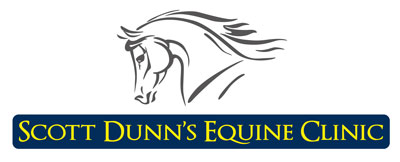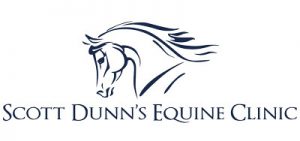Caused by the bacterium Clostridium Tetanii which is an anaerobic organism (does not need oxygen). It survives in the environment (soil and droppings) for long periods of time.
It penetrates the body via wounds. Puncture wounds and foot penetrating wounds are the ones which carry the highest risk, but tetanus could also be acquired by gastric ulcers when they eat droppings or highly contaminated soil.
The tetanus bacterium multiplies rapidly in contaminated wounds. The bacterium produced is a toxin and it is the toxin that is responsible for the symptoms.
Clinical signs
The toxin affects the nervous system attacking the nerves that control the muscles of the body. External symptoms that you can see on your horse if it is affected by the toxin are:
- Protruding third eyelid (membrane at the inner corner of the eye).
- Extension and stiffness of the limb.
- Spasm of jaw muscles (lock jaw) getting a common expression called sardonic smile.
Treatment
Tetanus can be treated, but unfortunately in most of the cases the horse die due to the delay in the diagnosis. Horses with an early diagnosis can be treated with large doses of tetanus antitoxin either intravenously or in the cerebrospinal fluid via a lumbosacral puncture.
Prevention
The prevention of tetanus is easy, keeping your horses covered and vaccinated with tetanus toxoid. The protocol of vaccination consists on a primary course of two injections four to six weeks apart from each other.
After the primary course, the horse needs a booster vaccination which must to be given every other year for a full protection.


